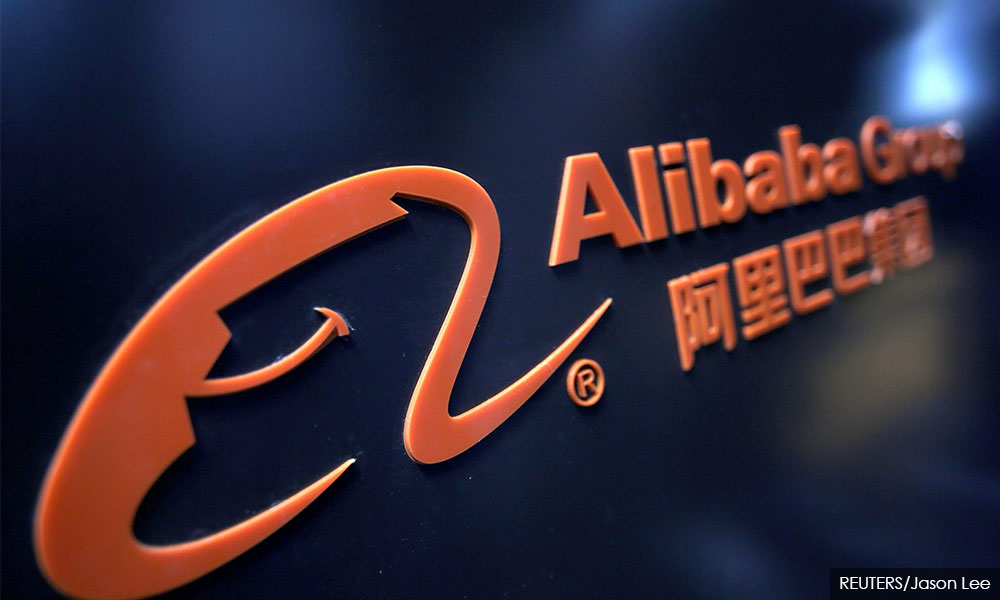LETTER | Rebuilding Asean-China economy together with digitalisation
LETTER | In a highly interconnected world, no nation can isolate itself without engaging with other countries. Such a statement is especially true under the current Covid-19 situation when international cooperation has never been more crucial.
While flattening the curve is the top priority, rebuilding the economy devastated by the outbreak is equally essential for the Association of Southeast Asian Nations (Asean) and China.
Both regions have enjoyed a closer economic relationship since China’s implementation of reforms and the open-door policy by the then China’s paramount leader Deng Xiaoping in 1978.
As a result, Asean and China’s trade figures boomed. Not only did Asean supersede the European Union in 2020 as China’s biggest trading partner, but the cross-border digital economy has likewise experienced an upsurge with more and more micro and small and medium-sized enterprises embracing digitalisation.
Measured by greenfield Foreign Direct Investment (FDI) in Information Communication Technology (ICT), China invested more than US$4 billion in Asean countries between 2013 and 2017, ranking third behind South Korea and the United States.

However, China is the biggest purchaser in the Asean ICT industry between 2010 and 2017 (worth US$4.5 billion). Alibaba Group and Tencent’s acquisition of Asean digital companies are one of the examples.
Alibaba acquired Singapore-based Lazada and Indonesia-based Tokopedia while Tencent invested in Singapore-based Sea, Indonesia-based Go-Jek and Traveloka, Vietnam-based Tiki.vn and Thailand’s Pomelo Fashion.
Asean countries were benefiting from China’s advanced technology transfer, e-commerce and ICT infrastructure.
Despite facing baseless accusations by the Western world, Huawei – China’s leading 5G internet company – has been welcomed in the Asean regions.
Unlike its European counterparts, Huawei offered affordable yet similar quality 5G network with prices at 30 percent cheaper.
The middle- and lower-income Asean nations can take advantage of China’s 5G technology in deploying high-speed bandwidth for improved connectivity and enjoy the prosperity of the digital economy.
On the other hand, Asean provided crucial support for China’s expanding ICT infrastructure. In Oct 2020, Malaysia’s JF Technology Bhd partnered with Huawei’s unit Hubble Technology Investment Co Ltd (HTI) to set up a plant for the manufacture and supply of high-performance test contactors in China.
The partnership indicated that China has trust and confidence in Malaysia’s ability to produce high-quality semiconductor devices. Over the last 50 years, Malaysia developed strong fundamentals in the electrical and electronics infrastructure and business ecosystem.
The example above shows that Asean and China are inseparable. With the revival of US protectionism and isolationism, Washington will spare no country from the threat of cutting off the supply chain, especially in the case of banning US chipmakers from supplying to Huawei.
Sharing destinies is the only way forward for humanity. Asean and China’s close relationship is one of the shining examples.
The views expressed here are those of the author/contributor and do not necessarily represent the views of Malaysiakini.
RM12.50 / month
- Unlimited access to award-winning journalism
- Comment and share your opinions on all our articles
- Gift interesting stories to your friends
- Tax deductable
